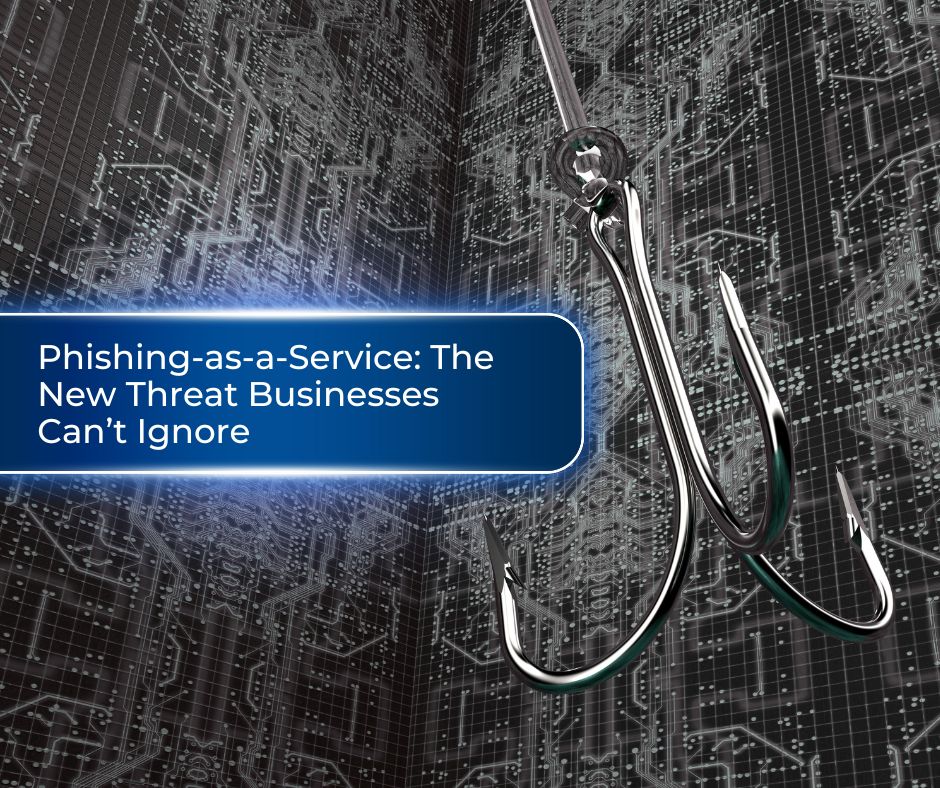
Phishing has long been one of the most common forms of cybercrime, but in recent years, attackers have taken it to the next level through Phishing-as-a-Service (PhaaS). Much like Software-as-a-Service models, PhaaS allows even low-skilled cybercriminals to purchase ready-made phishing kits, email templates, and hosting platforms on the dark web. This “outsourcing” of cyberattacks means phishing campaigns are no longer limited to sophisticated hackers—anyone willing to pay can launch an attack.
The result? A surge in the volume, sophistication, and success rates of phishing campaigns targeting businesses of all sizes.
The danger of Phishing-as-a-Service lies in its accessibility and scalability. For just a few dollars, attackers can gain access to tools that mimic legitimate login portals, spoof emails from trusted companies, and even bypass basic security filters.
Key risks include:
With this “democratization” of phishing, even small and mid-sized businesses are now prime targets.
Falling victim to a phishing attack can lead to devastating consequences. Beyond stolen credentials and financial fraud, phishing can open the door to larger breaches such as ransomware or data exfiltration.
The hidden costs are just as damaging: downtime, reputational harm, and compliance violations can cripple business operations. With PhaaS making attacks easier to deploy, the risk is no longer “if” but “when.”
Businesses can’t afford to take phishing lightly in 2025 and beyond. To defend against this rising threat, leaders should adopt a layered security strategy that includes:
Phishing-as-a-Service highlights a broader trend in cybersecurity: attackers are becoming more organized, while their tools are easier to access than ever before. Businesses must respond with equal agility by strengthening defenses, empowering employees, and working with trusted IT security partners.
By treating phishing as a top business risk—not just an IT issue—organizations can stay one step ahead of PhaaS and safeguard their future.